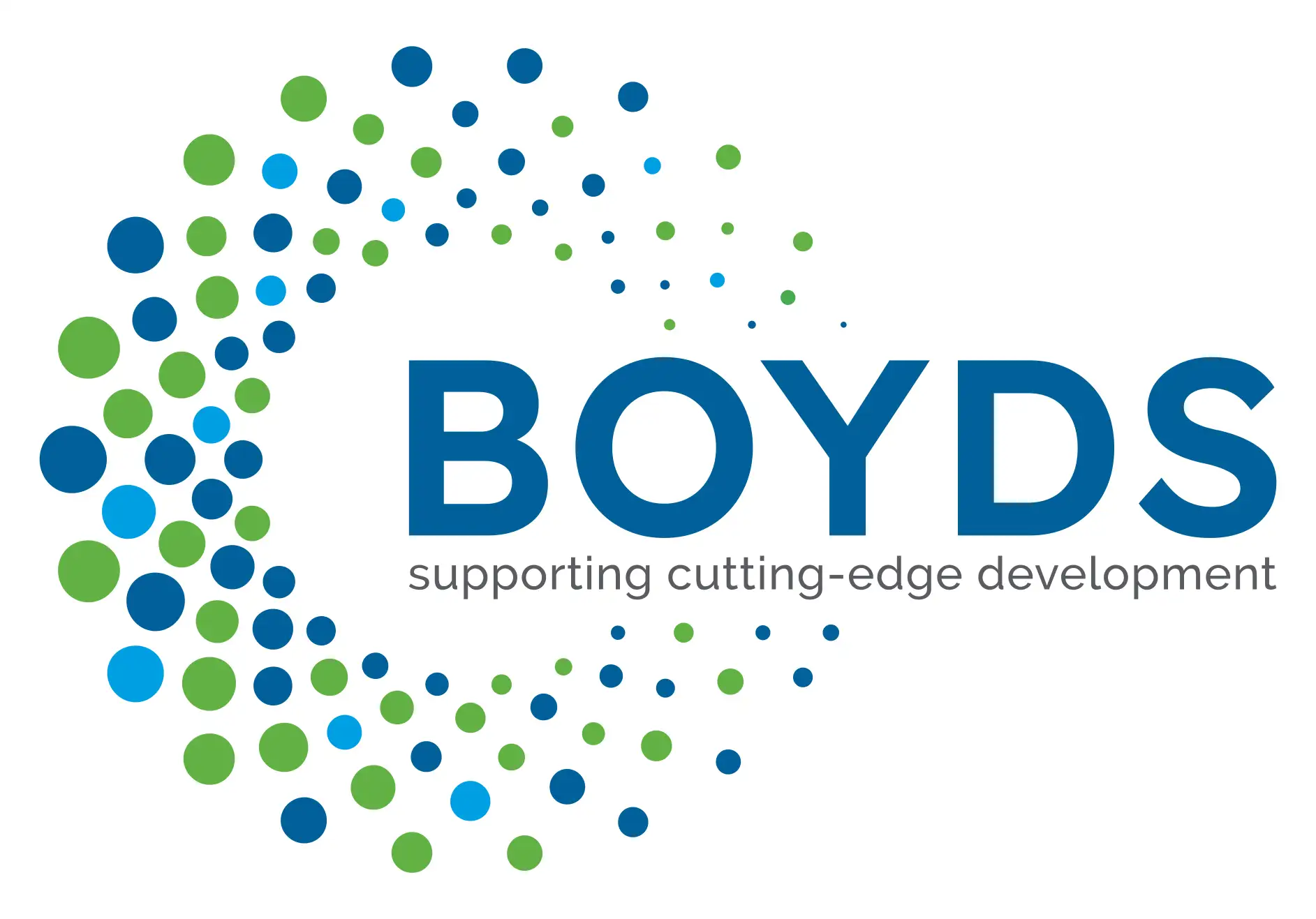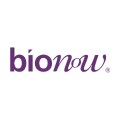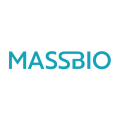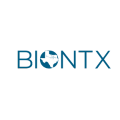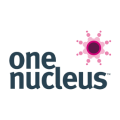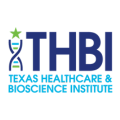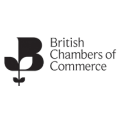In this blog, Naomi Clout, Senior Regulatory and Medical Writer at Boyds, discusses the importance of Plain Language Summaries as an effective scientific communication tool that can be easily comprehended by people who aren't experts in the field and the steps involved in creating a PLS.
Why Write a Plain Language Summary?
A Plain Language Summary (PLS) is required in the European Union (EU) and European Economic Area (EAA) by the Clinical Trials Regulation (EU) No. 536/2014 (CTR). The EU CTR describes a PLS as “a summary of the results of a clinical trial written in a manner that is understandable to laypersons.”1 A layperson is someone who is not an expert in or does not have a detailed knowledge of a particular subject.
In the United States, a PLS is recommended but voluntary. The Food and Drug Administration (FDA) has issued guidance to facilitate the preparation of PLS for FDA-regulated studies, thus enabling compliance with international regulations.2 Submission of a PLS may become mandatory in the future if it is determined that a PLS can be written without being misleading or promotional.
Although the EU CTR came into force on 16 June 2014, its application was delayed until the completion of a database with portal.
The portal, named Clinical Trials Information System (CTIS), was launched on 31 January 2022. Clinical trial sponsors could use CTIS from 31 January 2022, but were not obliged to use it immediately. There is a 3-year transition period from the Clinical Trials Directive to the EU CTR:
- from 31 January 2022, clinical trial sponsors could choose whether to apply to start a clinical trial via CTIS,
- from 31 January 2023 onwards, clinical trial sponsors have to apply to start a clinical trial via CTIS,
- from 31 January 2025, any continuing trial will need to comply with the EU CTR and must be recorded in CTIS.
The EU CTR (No. 536/2014) applies to all interventional trials (Phases 1 to 4) with medicinal products for human use, conducted within the EU/EAA in adults or children.
As well as a clinical study report (CSR), a scientific summary of the results and a PLS must be written “irrespective of the outcome of a clinical trial”.
The CSR and both summaries must be submitted to CTIS “within 1 year from the end of a clinical trial in adults” and “within 6 months from the end of a clinical trial in children”. Up to 30 months is allowed for non-therapeutic Phase 1 trials.
What is a Plain Language Summary?
A PLS, also known as a Lay Summary, is a short document summarising the results of a clinical trial for people who are not scientists or medical professionals. These documents are a way of sharing the results with the people who took part in the study. They may also be of interest to other people who want to know about a clinical trial. The general public, patients, healthcare professionals, academics, and the media may all benefit.
The purpose of a PLS is to ensure transparency, knowledge sharing, and to build trust in clinical research. After a trial, participants are interested in the results even when there is no immediate or future personal benefit.3,4,5 Sharing the results of a clinical trial shows respect to the participants and helps them to feel valued. It may increase willingness to take part in future studies.
Participants may have limited health literacy and no scientific expertise. A PLS should describe the results in a way that everyone can understand. The wording and design of a PLS should be clear so that the audience can find the information they need and understand and use it. A PLS is not the same as a scientific summary of results. The amount of information should be reduced and focussed for participants and the public. It is important that the content is not promotional in any way, and the language should be sensitive and respectful for patients.
How Do You Write a Plan Language Summary?
There are 4 steps to writing a PLS: plan, write, translate, and share.6,7
1 Plan
The PLS should be planned during protocol development. Resources, timelines, a template, patient input, and a distribution plan are all needed. The protocol and Patient Information Sheet (PIS)/Informed Consent form (ICF) should both say how the results of the trial will be shared with participants.8
2 Write
There are 10 key elements, defined in Annex V the EU CTR, that must be included in a PLS to describe the trial. Writers must use a different approach than for regulatory or scientific documents written for experts.
This can feel particularly challenging for medical writers with years of scientific training. Writers must avoid medical jargon and follow health literacy principles. Use conversational, everyday language with short words, sentences, and paragraphs. Use respectful language such as, ‘people with cancer’ rather than ‘cancer patients’. People prefer active voice rather than passive voice and find it easier to understand. Writers should check the readability using a tool such as the Flesch Reading Ease Test.
Help people to find their way around the document using the layout and design. Keep the document as short as possible. Present the “big picture” before the detail and use headings to make it easier to find things. Choose a font that is easy to read and make it at least font size 12. Make sure there is enough contrast between the font colour and background colour. Check the contrast using software available online. The most readable colour combination is black text on a white background. Use graphics to explain things but do not use them unnecessarily because it can be confusing. Do not use promotional images like logos.
3 Translate
Although translation is not mandated by the EU CTR, it is recommended. A PLS should be provided in the languages of all countries where the trial took place. It is good practice to match the languages used for the PIS/ICF. Before starting any translations, the master PLS should be reviewed, finalised, and approved.
An ideal translation involves forward translation and back translation by 2 different translators. Language-specific reading tests should be used to assess the literacy level.
4 Share
Upload the PLS to CTIS and share via the planned distribution methods.
Our team of writers have expertise across a wide range of therapeutic areas and clinical and regulatory documents. To find out more visit our Regulatory and Medical Writing Services webpage, and get in touch.
References
- Regulation (EU) No 536/2014 of the European Parliament and of the Council of 16 April 2014 on Clinical Trials on Medicinal Products for Human Use, and Repealing Directive 2001/20/EC Text with EEA Relevance. Vol 158.; 2014. Accessed September 13, 2023. http://data.europa.eu/eli/reg/2014/536/oj/eng
- Draft FDA Guidance on Provision of Plain Language Summaries. The Multi-Regional Clinical Trials Center of Brigham and Women’s Hospital and Harvard. Accessed September 13, 2023. https://mrctcenter.org/resource/draft-fda-guidance-on-provision-of-plain-language-summaries/
- Partridge AH, Burstein HJ, Gelman RS, Marcom PK, Winer EP. Do patients participating in clinical trials want to know study results? J Natl Cancer Inst. 2003;95(6):491-492. doi:10.1093/jnci/95.6.491
- Sood A, Prasad K, Chhatwani L, et al. Patients’ attitudes and preferences about participation and recruitment strategies in clinical trials. Mayo Clin Proc. 2009;84(3):243-247. doi:10.1016/S0025-6196(11)61141-5
- Zimmerman KO, Perry B, Hanlen-Rosado E, et al. Developing lay summaries and thank you notes in paediatric pragmatic clinical trials. Health Expect. 2022;25(3):1029-1037. doi:10.1111/hex.13448
- Summaries of Clinical Trial Results for Laypersons Recommendations of the expert group on clinical trials for the implementation of Regulation (EU) No 536/2014 on clinical trials on medicinal products for human use, Version 2. Published online 2017. https://health.ec.europa.eu/system/files/2020-02/2017_01_26_summaries_of_ct_results_for_laypersons_0.pdf
- Good Lay Summary Practice. Published online October 4, 2021. https://health.ec.europa.eu/system/files/ 2021-10/glsp_en_0.pdf
- Guideline for good clinical practice E6(R2). Published online June 14, 2017. https://www.ema.europa.eu/en/documents/scientific-guideline/ich-guideline-good-clinical-practice-e6r2-step-5_en.pdf
